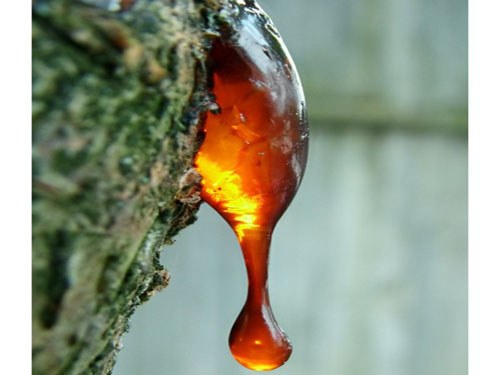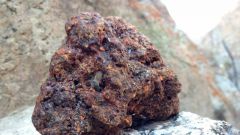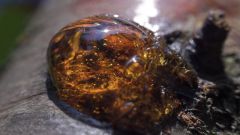You will need
- - capacity, tight-fitting;
- - the cord is 150 cm.;
- - cloth soaked in vegetable oil;
- - an awl with a fine tip;
- - the knife.
Instruction
1
The collection of resin for maximum utility make away from urban settlements and highways. Choose trees growing on dry soil, as they are more resinous than trees growing in wet soil.
2
The collection of solidified (frozen) juicyaccess the resin can be harvested all year round. If you are going to collect the resin, prepare a container with a lid, a knife, and waxed cloth. Going to a coniferous forest, find the trees with natural cracks or caused earlier damage to the bark, from which oozed and froze resin liquid. On such trees is suitable for drip and SAG cured resin.
3
Selecting the right tree, start collecting. Wipe the knife down with an oily cloth, the resin does not stick to the knife. Cut off the influx and place the SAP in a container. Do not cut the resin layers is large - because of its viscous properties, this is problematic. Remember that in the cold season resin less sticky, and collect it much easier.
4
Collecting fresh transparent resin devicesbr fresh produce since the beginning of the SAP flow of pine trees, which starts in spring and lasts until autumn.
5
In hot weather the resin accumulates more intense and has more generous benefits. Remember that the higher the temperature, the more liquid is the resin. Do not collect the fresh SAP in rainy or cold weather - at this time the impact solenoi fluid is very scarce.
6
Logging in coniferous forest, select a sapling. Prepare a container to collect the resin and cord, with which you can associate a capacity to a tree. At the base of one of the thick branches of the trees cut down in depth to the thickness of the crust, with a length of 5-6 cm and place a container under it to collect.
7
To collect resin from fir prepare an awl with a fine tip and a jar of dark glass with a tight fitting lid. Being in a pine forest, pay attention to the trunk of the fir. Its feature are the small bumps under the bark which are filled with life-giving resin. Such bumps are located throughout the height of the tree, but the collection mainly produced in the lower part, the most available for the procurement of works. In the lower lobe was found tubercles make a puncture with an awl. Substitute a puncture container to collect the resin. Push down on the bump and squeeze out the resin.
8
The turpentine hardens quite quickly outdoors, so the capacity is always keep closed. If desired, pour the resin vegetable oil to make it longer remain liquid and transparent.


